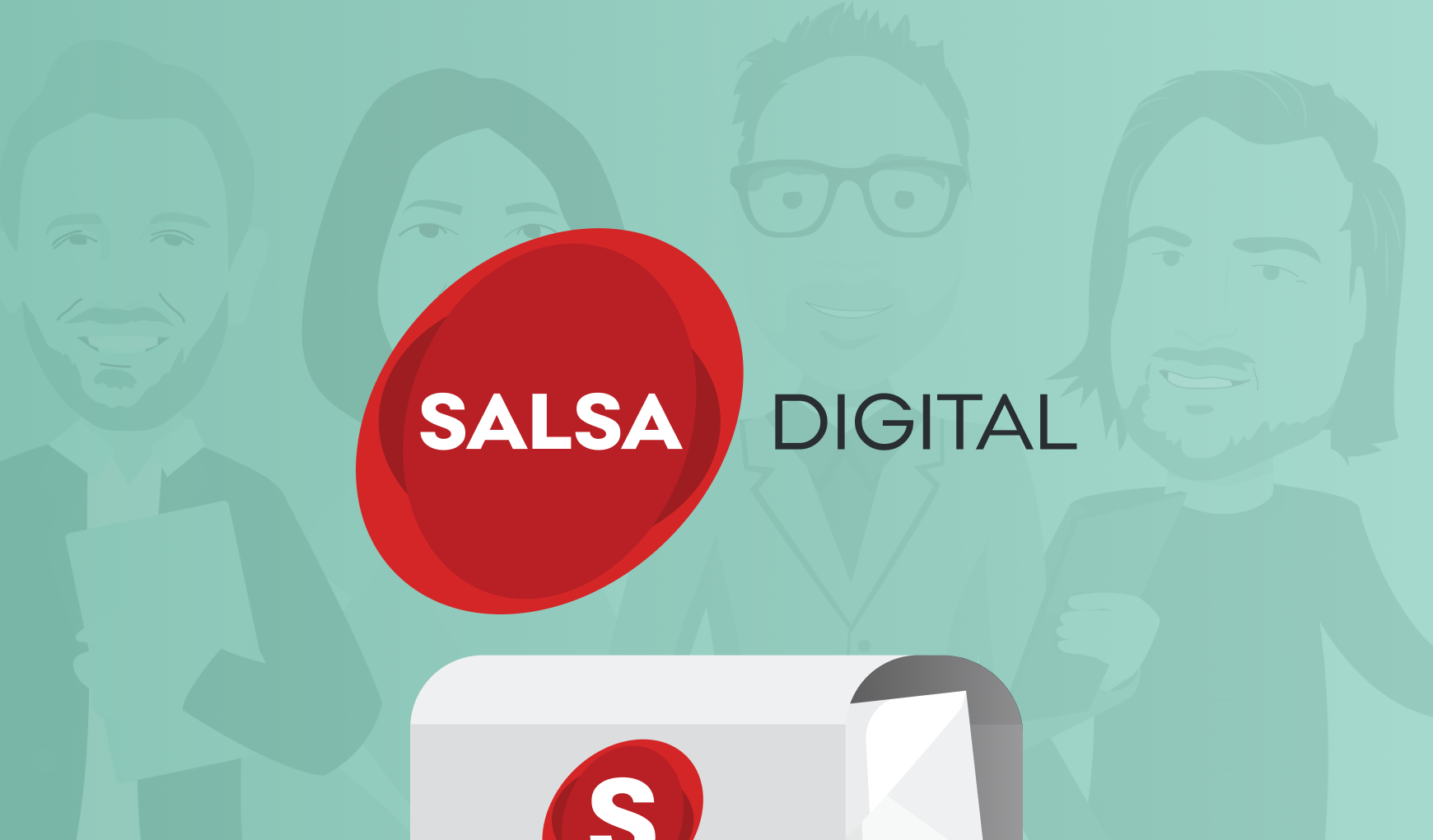Key tips for your digital project
As part of our speaking gigs at DrupalGov Canberra I was involved in the last event of the day, a project management panel. In the lead-up to the event we put together some top tips for government decision-makers. They were so popular that I was asked to put them into a blog. So, below are my eight key tips in the areas of strategy, design and engineering.
Strategy
Invest in specialist skills upfront: It’s often more effective to outsource specialist skills and high-value skills such as strategy. For example, outsourcing strategy will ensure a good tool set, help remove internal bias/agendas and allow your agency to move forward, ‘business as usual’. The right skillset is essential for project success.
Assign an internal owner for strategy outcomes: While strategy input needs to come from a collection of stakeholders, the most focused strategy outcomes are delivered by a single point of accountability.
Trust the process: In the early stages, strategy discussions can feel ‘loose’ (maybe even a little chaotic!) but it’s important to fully understand business objectives rather than jumping to a quick solution. The best solutions are based on well-understood business rationale.
Design
Validate designs using low-cost methods: Design is a chance to prove solutions via proof of concept (PoC) and rapid prototype (e.g. interactive wireframe click-throughs). This way, you can determine quickly and cost-effectively whether business requirements are met, as well as providing an opportunity to ensure you’re on the same page as your vendor. Low-cost methods of design allow changes to be made prior to build and allow more feedback cycles. Products are more solid when appropriate feedback loops are used at design stage rather than waiting for the build, QA or UAT.
Set up design checkpoints: If extra stakeholders need to be consulted, set up checkpoints at design outcomes to get early feedback. Getting feedback early will save time and money, avoiding the worst-case scenario — when feedback is solicited after the build and what seemed to be an agreed design and build, turns into a UAT nightmare with complex changes.
Include important design considerations in project charter: If requirements such as accessibility (AA, AAA), or responsiveness (mobile, tablet, desktop) are mandatory, ensure these are listed upfront. Vendors need a clear list of essential design requirements on which to base a strategy, and formulate a creative or technical design. Listing these requirements explicitly avoids confusion.
Engineering
Use agile methodologies: The flexibility of agile methodologies usually delivers a better outcome in terms of business requirements. Agile allows the team to be more flexible if/when requirements change and it also allows for more cross checks of design, build and test. Agile, however, requires commitment from the product owner (at least 50% time on complex projects, sometimes more).
Use measurable acceptance criteria: Well-defined and measurable acceptance criteria will make the project easier to manage and more successful. Estimates can be compiled with more accuracy, developers are more confident in what they build, testers are more confident in working out what’s ready and what needs changes and the product owner is more confident with what they accept. Well-defined acceptance criteria also allow agile stories to be broken into manageable chunks of function and allow tests to be written and validated before build — a process that often discovers further requirements and/or refines existing requirements.
Bringing it together
Following these key strategy, design and engineering tips will help ensure your digital project meets your objectives and delivers for your customers.


